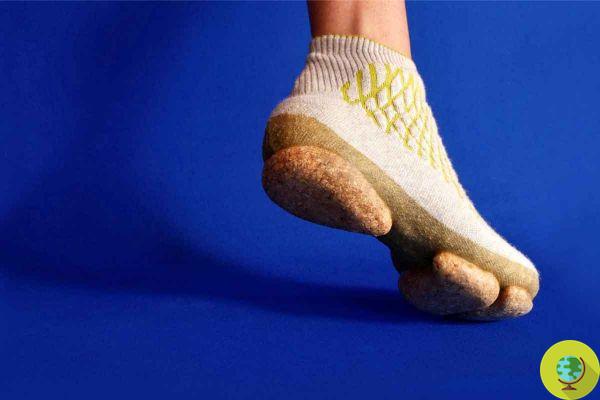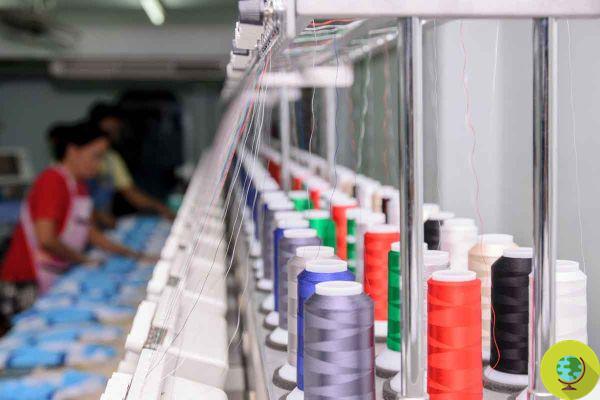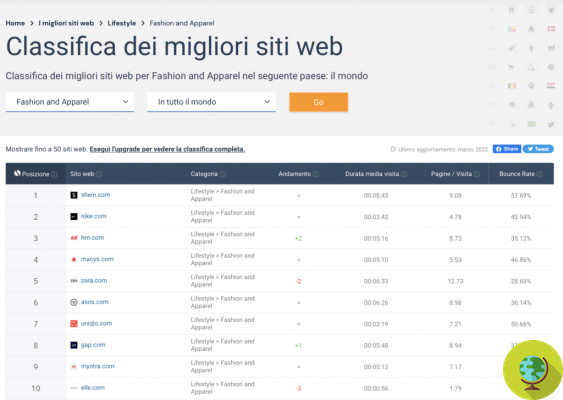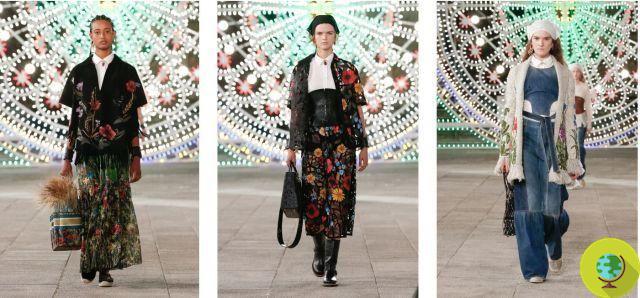
Have you ever heard of "cost per wear"? This is the cost of a divided garment every time we use it. Some clothes become part of those of the heart, while others are bought almost without thinking about it. This quick calculation is enough to measure the degree of sustainability of your wardrobe and understand if that purchase was a bargain or a simple impulse.
Don't store avocado like this: it's dangerous
The issue of sustainability connected to the clothing industry is a much discussed and felt topic, depending on personal sensitivity but there is no doubt that much more is bought than is necessary. Is it possible to make a quick and effective calculation of what the respective wardrobe is worth?
Index
A simple formula
For some time, hashtags such as #100wears e #costperwear. But what are we talking about? Some time ago the journalist and author Elizabeth Cline, who has always been active in denouncing the sinister practices of fast-fashion, launched the book The Conscoius closet to try to focus attention on buying behavior.
View this post on Instagram
A post shared by Elizabeth L Cline (@elizabethlcline)
And just like it's done in marketing, but here with a different purpose, it spread a mathematical formula to understand the cost of a garment in relation to the times in which it is used.
Just divide the initial cost of the item by the estimate of the number of times a particular item will be worn.
What is worth buying?
Does spending less really mean spending less? Let's go with an example: if two years ago you bought a pair of trousers for € 100 and over time they are worn 200 times, it means that the actual cost is 0,50 cents. If, on the other hand, the purchase was € 40 and the garment was used 5 times, the actual cost was € 8 in the two hypothetical years.
How can we improve the circularity ♻️of textiles and reduce clothing waste? Our #EEAaskanexpert LIVE Q&A next week, 20…
Posted by European Environment Agency on Tuesday, April 12, 2022
A provocation, but also a food for thought
Compatibly with the respective economic possibilities, "nice" things are often bought because they are so cheap that it is almost a waste to leave them in the shop. And one of the jokes that is most often made is "it costs so little that it is not even worth washing" that garment.
We should, more and more, get into the habit of making reasoned purchases, reversing the thought in a "if it costs so little it is not worth buying". Trying to remain consistent in the face of an offer so cheap and so widespread among online and stores is certainly not easy but not impossible.
View this post on Instagram
A post shared by Fashion Revolution (@fash_rev)
Behind those leaders there are exploited workers, underpaid harassed; land and rivers destroyed by chemical spills; an impressive C02 emission to get a t-shirt or shorts from one end of the world to the other in a short time.
On the one hand, there is a demand for rights for an exploited sector because their denial helps to keep alive an overproduction of poor quality clothing. On the other hand, perhaps it is necessary to recover, and spread, a more conscious, less impulse purchasing method.
Follow your Telegram | Instagram | Facebook | TikTok | Youtube
Fonti: European Environment Agency/ Elizabeth Cline
Read also:
- This is the dark side of your clothes, which nobody wants to tell you: chemicals, exploitation of workers and dumps of burnt fabrics;
- Fast fashion: so Shein made false statements about the working conditions of his factories;
- Yes, you can really get free clothes on Shein, but we explain why that's a bad idea





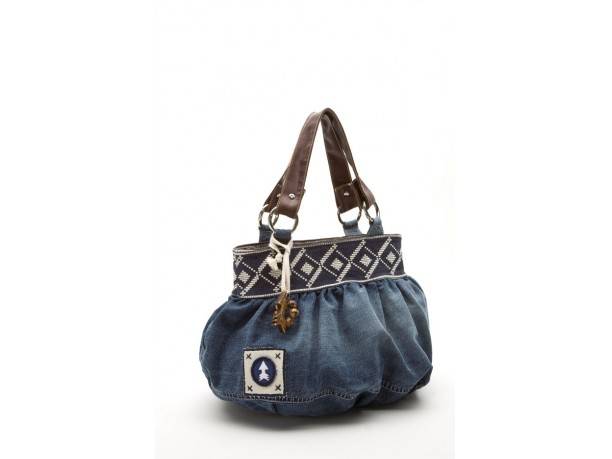

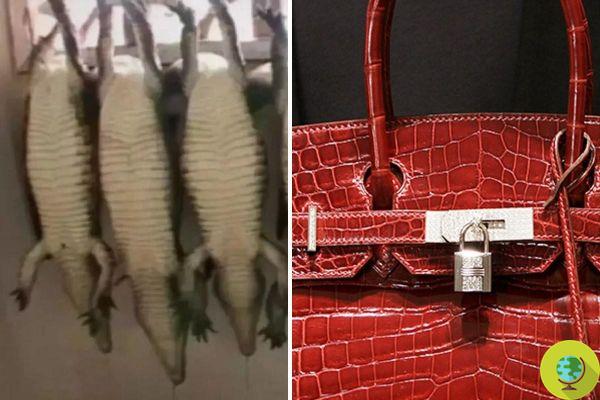
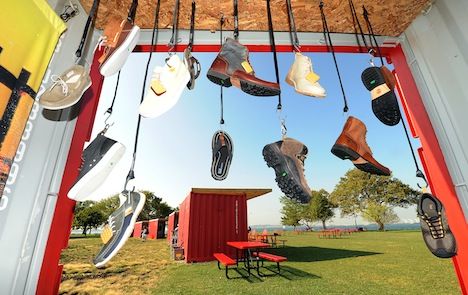

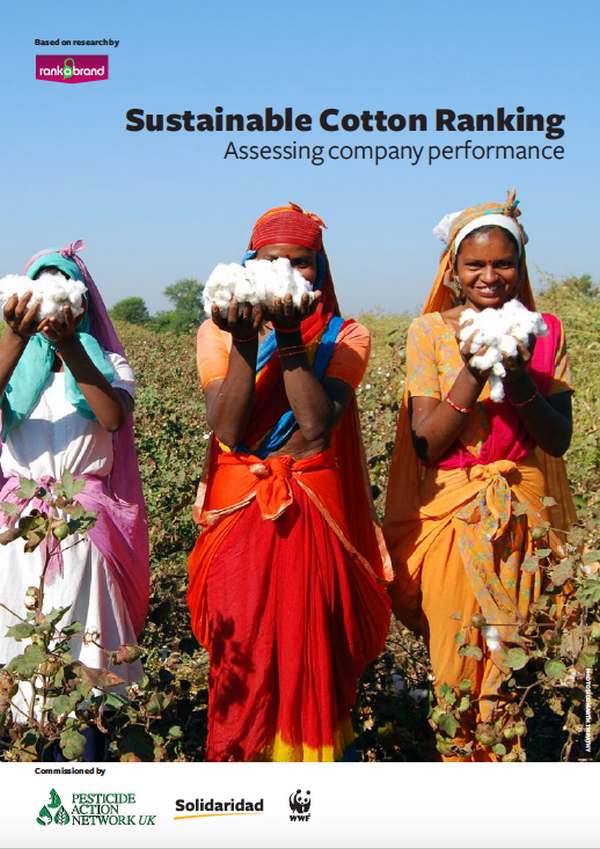

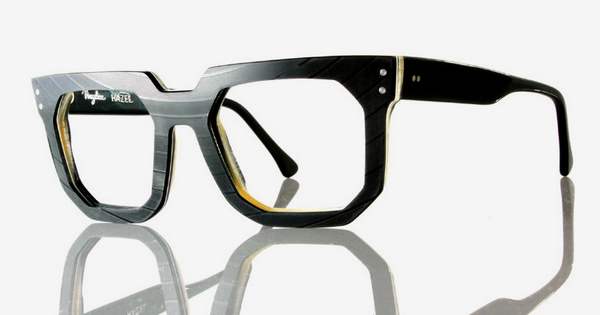


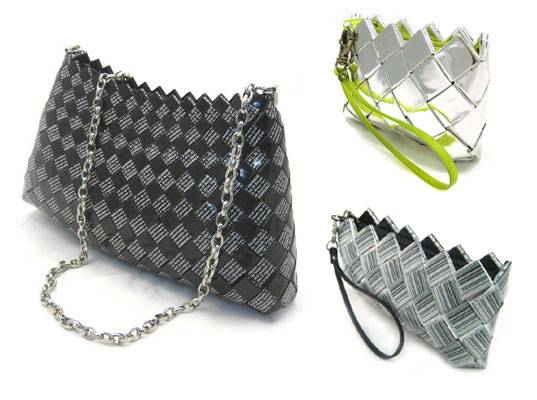


![Vivienne Westwood has a message for all the powerful ahead of COP26 [VIDEO]](/images/posts/221fa8f5dd2d21a4210e6b9071546b56-0.jpg)
